Traditional heat pump air conditioners have low heating efficiency and insufficient heating capacity in the cold environment, which restricts the application scenarios of electric vehicles. Therefore, a series of methods to improve the performance of heat pump air conditioners under low temperature conditions have been developed and applied. By rationally increasing the secondary heat exchange circuit, while cooling the power battery and the motor system, the remaining heat is recycled to improve the heating capacity of electric vehicles under low temperature conditions. The experimental results show that the heating capacity of the waste heat recovery heat pump air conditioner is significantly improved compared with the traditional heat pump air conditioner. The waste heat recovery heat pump with a deeper coupling degree of each thermal management subsystem and the vehicle thermal management system with a higher degree of integration are used in Tesla Model Y and Volkswagen ID4. CROZZ and other models have been applied (as shown on the right). However, when the ambient temperature is lower and the amount of waste heat recovery is less, waste heat recovery alone cannot meet the demand for heating capacity in low-temperature environments, and PTC heaters are still needed to make up for the shortage of heating capacity in the above cases. However, with the gradual improvement of the thermal management integration level of the electric vehicle, it is possible to increase the amount of waste heat recovery by reasonably increasing the heat generated by the motor, thereby increasing the heating capacity and COP of the heat pump system, and avoiding the use of PTC coolant heater/PTC air heater. While further reducing the space occupancy rate of the thermal management system, it meets the heating demand of electric vehicles in a low temperature environment. In addition to the recovery and utilization of waste heat from batteries and motor systems, the utilization of return air is also a way to reduce the energy consumption of the thermal management system under low temperature conditions. The research results show that in low temperature environment, reasonable return air utilization measures can reduce the heating capacity required by electric vehicles by 46% to 62% while avoiding fogging and frosting of the windows, and can reduce the heating energy consumption by up to 40%. . Denso Japan has also developed a corresponding double-layer return air/fresh air structure, which can reduce the heat loss caused by ventilation by 30% while preventing fogging. At this stage, the environmental adaptability of electric vehicle thermal management under extreme conditions is gradually improving, and it is developing in the direction of integration and greening.
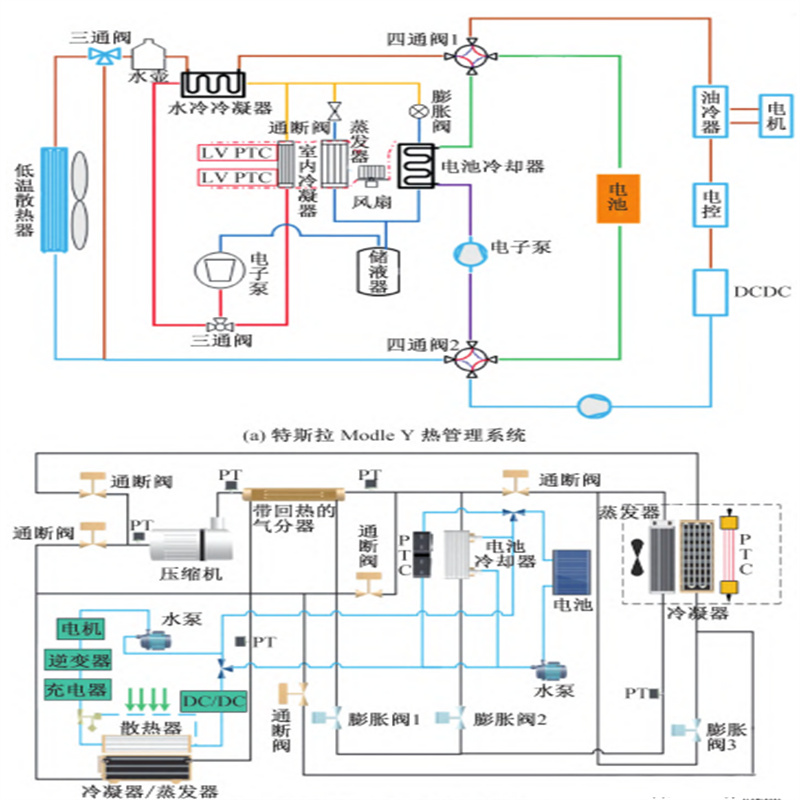
In order to further improve the thermal management efficiency of the battery under high power conditions and reduce the complexity of thermal management, the direct cooling and direct heating battery temperature control method that directly sends the refrigerant into the battery pack for heat exchange is also a current technical solution. The thermal management configuration of the direct heat exchange between the battery pack and the refrigerant is shown in the figure on the right. The direct cooling technology can improve the heat exchange efficiency and heat exchange rate, obtain a more uniform temperature distribution inside the battery, reduce the secondary loop and increase the waste heat recovery of the system, thereby improving the temperature control performance of the battery. However, due to the direct heat exchange technology between the battery and the refrigerant, the cooling and heat needs to be increased through the work of the heat pump system. On the one hand, the temperature control of the battery is limited by the start and stop of the heat pump air conditioning system, which has a certain impact on the performance of the refrigerant loop. On the one hand, it also limits the use of natural cooling sources in transitional seasons, so this technology still needs further research, improvement and application evaluation.
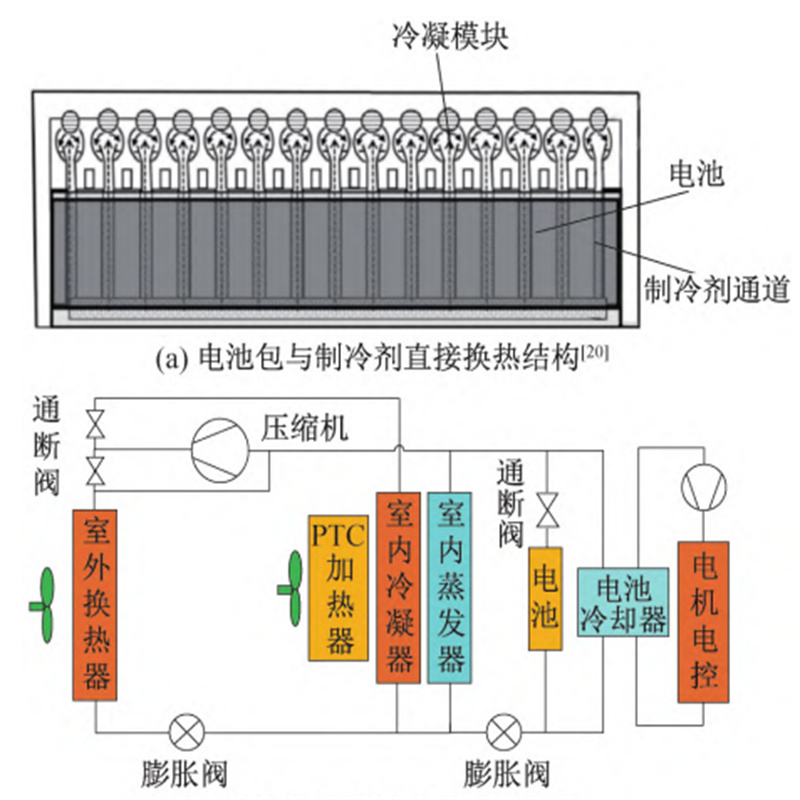
Research Progress of Key Components
The electric vehicle thermal management system(HVCH) consists of multiple components, mainly including electric compressors, electronic valves, heat exchangers, various pipelines, and liquid reservoirs. Among them, the compressor, electronic valve and heat exchanger are the core components of the heat pump system. As the demand for lightweight electric vehicles continues to increase and the degree of system integration continues to deepen, the thermal management components of electric vehicles are also developing in the direction of lightweight, integrated, and modularized. In order to improve the applicability of electric vehicles under extreme conditions, components that can work normally under extreme conditions and meet the requirements of automotive thermal management performance are also being developed and applied accordingly.
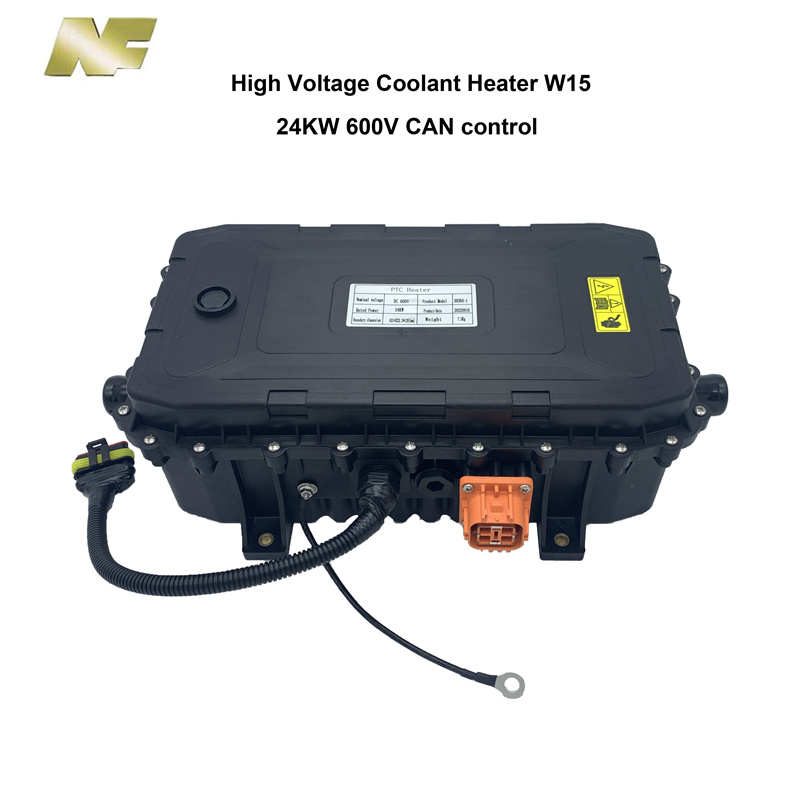

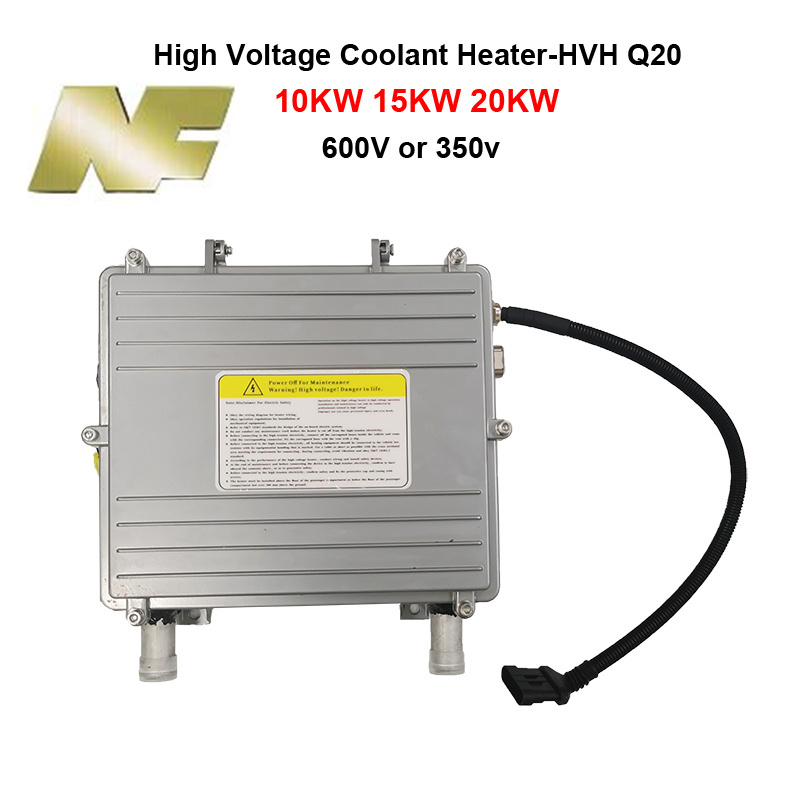
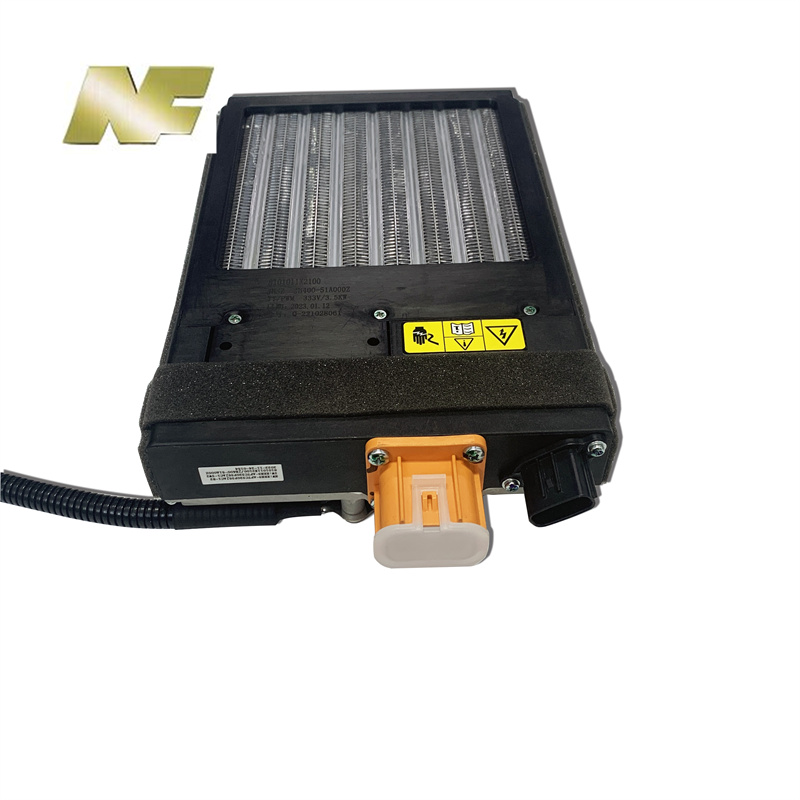
Post time: Apr-04-2023




